Western Blot positive HIV tests done since Jan 1, 1999 became reportable by Texas State Law
On Jan. 1, 1999, HIV infection in adults (clients 13 years of age or older) became reportable by…
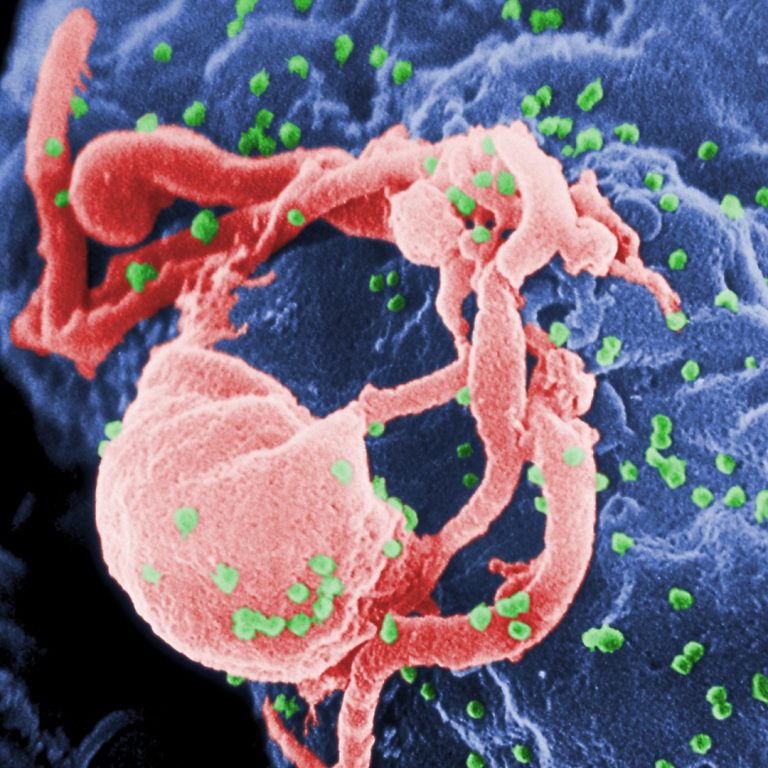
On Jan. 1, 1999, HIV infection in adults (clients 13 years of age or older) became reportable by…
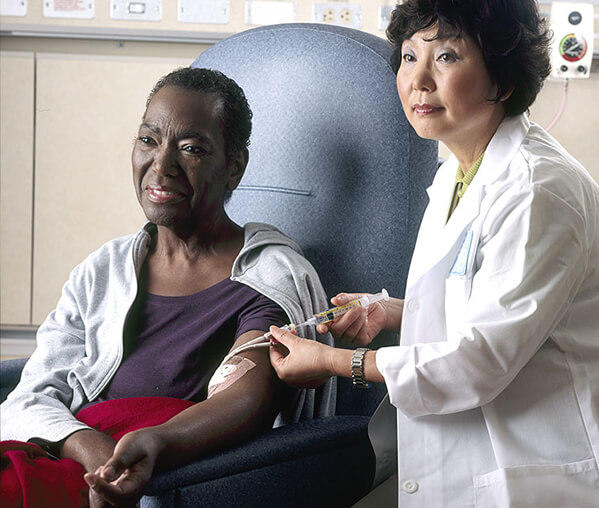
In 1999, American Association for Cancer Research (AACR) Scientist-Survivor Program which united researchers with patients and survivor advocates…

In 1999, the Fred Hutchinson Business Alliance announced that the 1999 E. Donnall Thomas Medal of Achievement would…
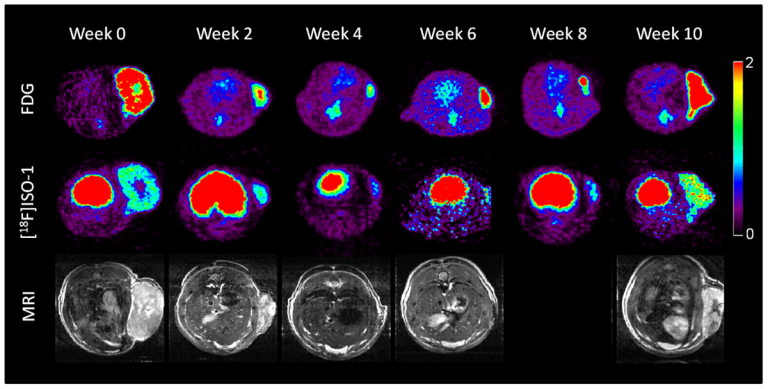
Dec. 22, 1998, researchers from Barnes-Jewish Hospital in St. Louis announced using a revolutionary system that uses superconducting…

On Dec. 22, 1998, Washington University – St. Louis researcher Jeffrey I. Gordon, MD and colleagues developed a…
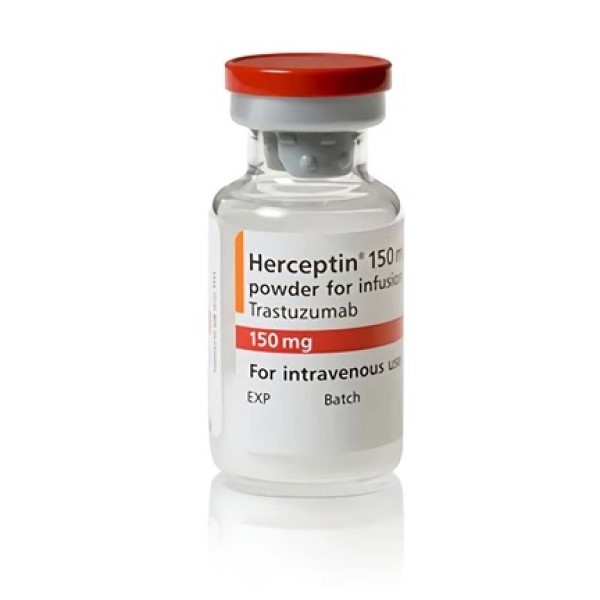
On Sept. 25, 1998, the U.S. Food and Drug Administration (FDA) approved the monoclonal antibody Herceptin (Trastuzumab) for…
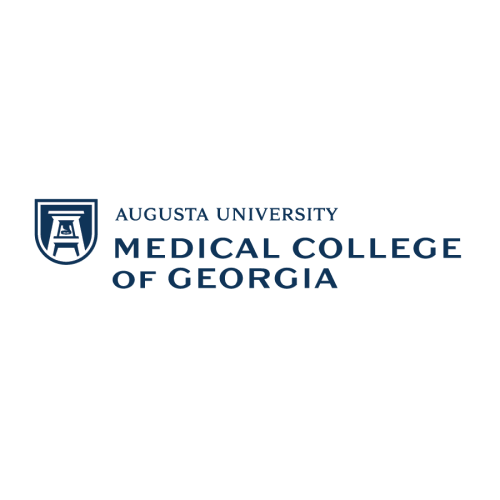
On Sept. 8, 1998, the Medical College of Georgia researchers Dr. David Munn and immunologist Andrew Melllor identified…
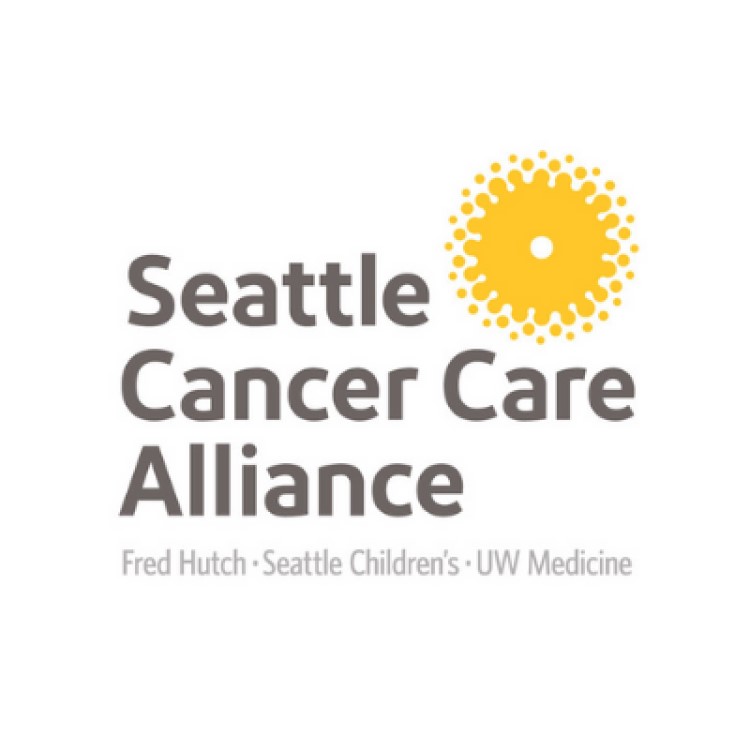
On Jun. 16, 1998, University of Washington Medicine, Fred Hutchinson Cancer Research Center and Seattle Children’s announced the…
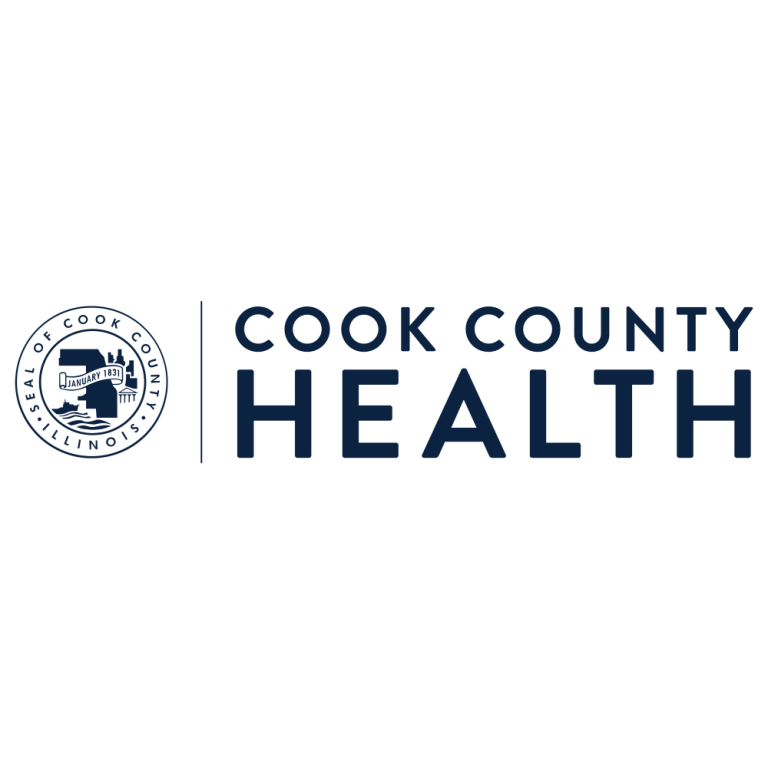
On Feb. 10, 1998, the Cook County Board of Commissioners took the final steps in the approval process,…

In 1998, Beth Israel Deaconess surgeon Dr. Roger Jenkins performed the first successful live donor liver transplantation (LADLT)…
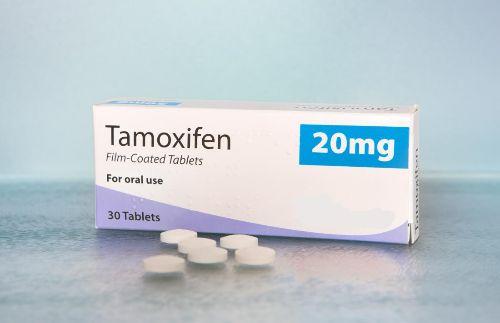
In 1998, Tamoxifen, created with the MCF-7 breast cancer cell line established by Karmanos, was revealed to reduce…

In 1998, the Neurological Sciences Institute (NSI) joined the university as its fifth research unit. NSI researchers conduct…

In 1998, Doernbecher Children’s Hospital’s new state-of-the-art pediatric medical complex was opened. Built with private funding and bond…
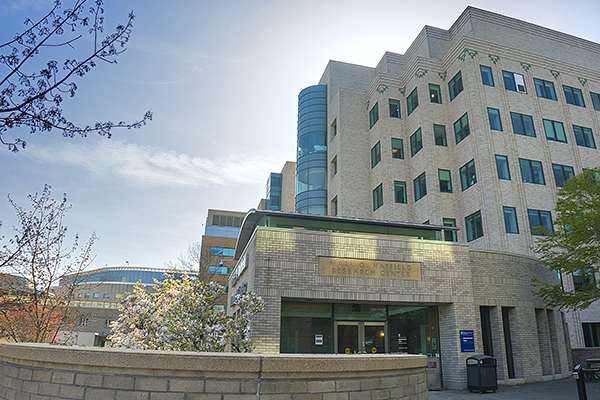
In 1998, The Mark O. Hatfield Research Center was dedicated. The center houses a variety of basic and…

In 1998, Chicago Mayor Richard M. Dale proclaimed November “National Sarcoidosis Awareness Month” in Chicago. The National Sarcoidosis…
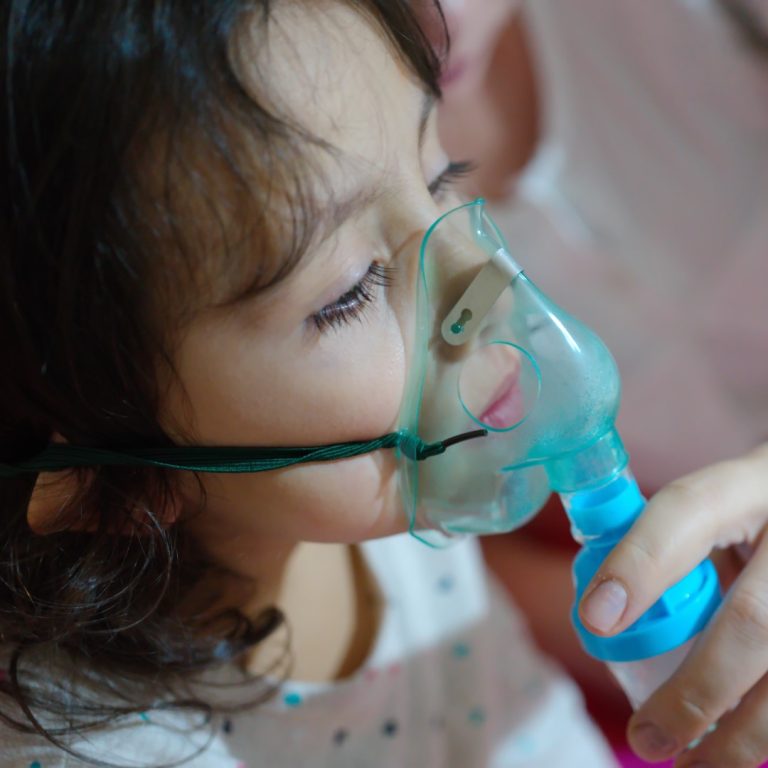
In 1998, the Cystic Fibrosis Research Center was founded at University of Iowa’s College of Medicine. Today, the…
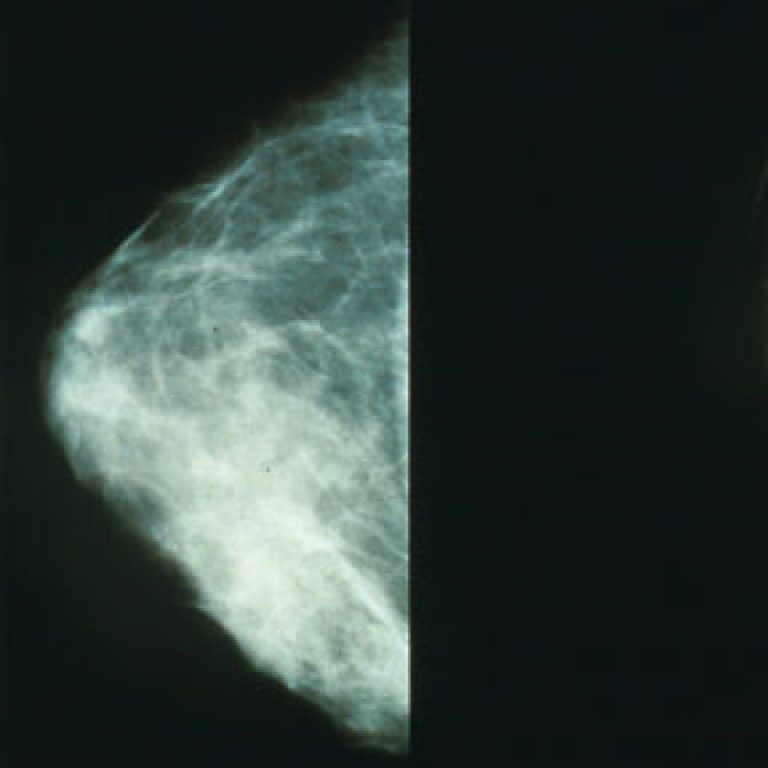
In 1998, the Mammography Quality Standards Reauthorization Act (MQSA) was passed by the U.S. Congress and continued the…
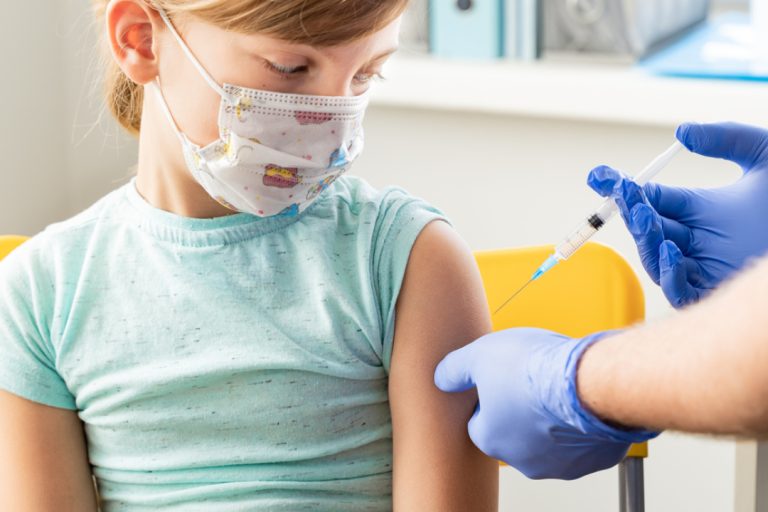
In 1998, the Pediatric Rule was implemented that required drug manufacturers to study the efficacy and safety of…

In 1998, the Centers for Disease Control and Prevention (CDC) reported that an estimated 47.2 million adults (24.1%),…
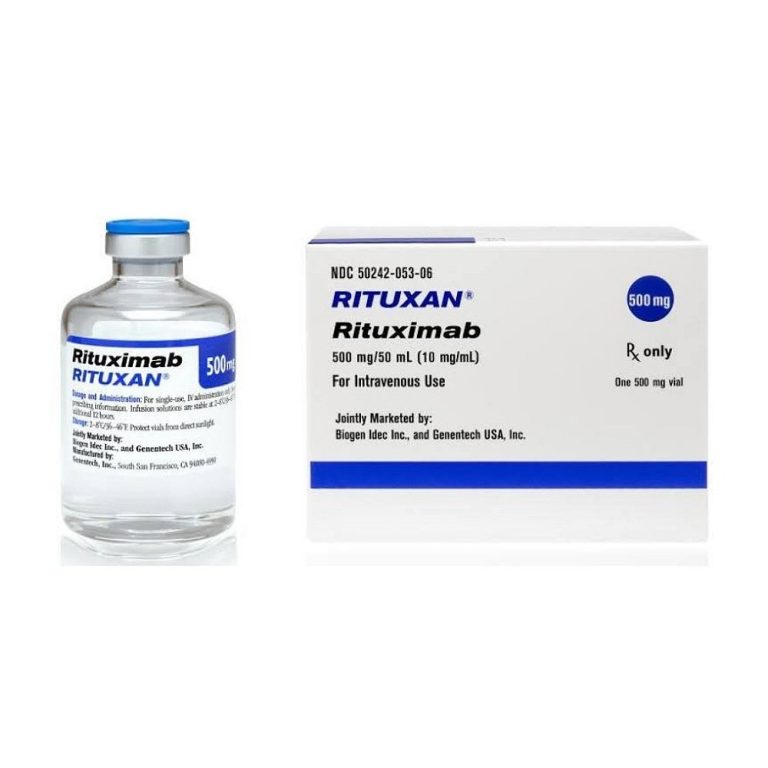
On Nov. 26, 1997, the U.S. Food and Drug Administration (FDA) announced it had approved the Monoclonal antibody…
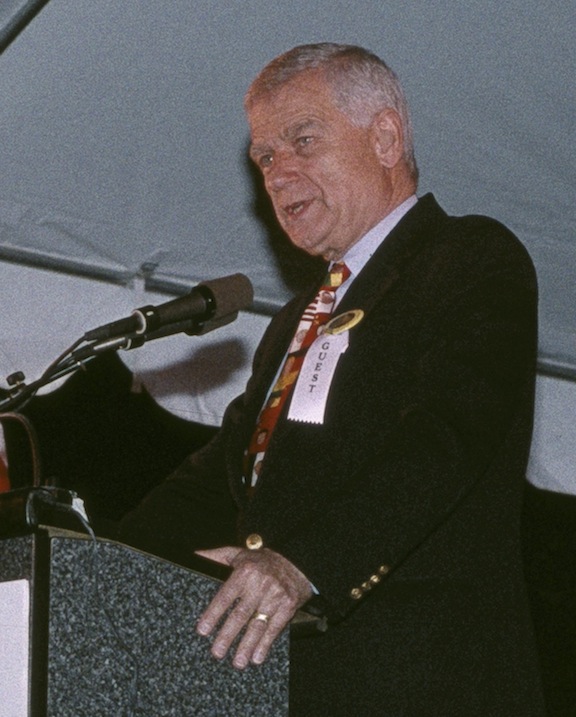
On Nov. 4, 1997, Vice President Al Gore and Senator Mark O. Hatfield attended groundbreaking ceremonies for the…

On Jul. 29, 1997, the National Cancer Institute (NCI) released information that nuclear testing during the 1950s could…
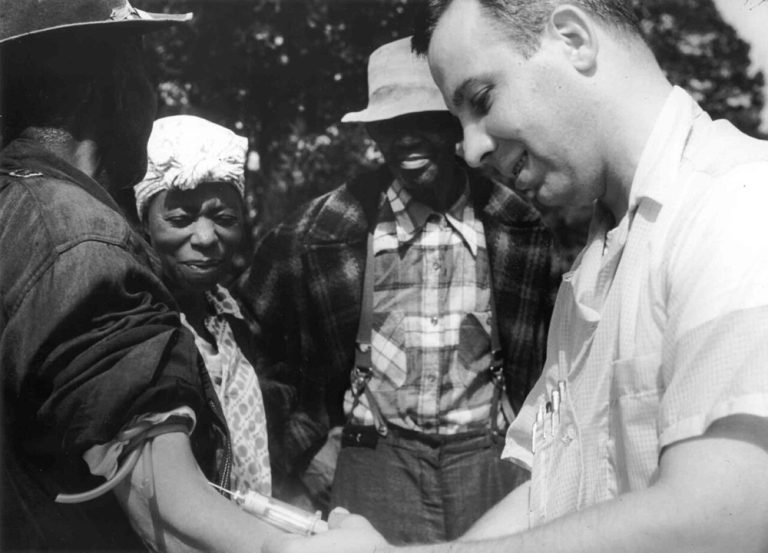
On May 16, 1997, the U.S. Centers for Disease Control and Prevention (CDC) participated in the televised Presidential…

On Feb. 13, 1997, the American Association for the Advancement of Science (AAAS) Annual Meeting and Science Innovation…

In 1997, the National Fibromyalgia Association (NFA), the largest nonprofit [501(c)3] organization working to support people with fibromyalgia…

In 1997, the U.S. Centers for Disease Control and Prevention (CDC) convened a group that became the National…
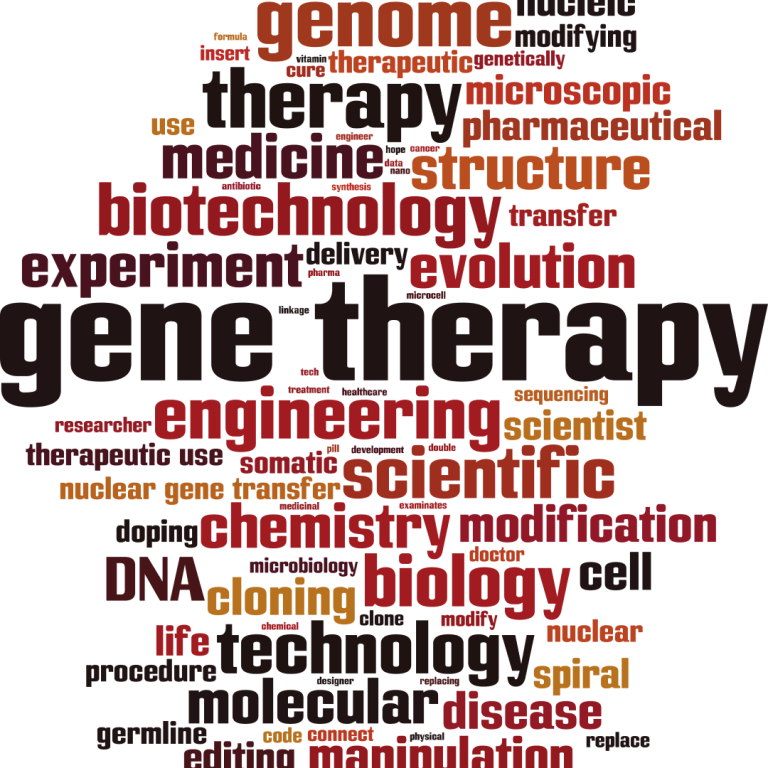
In 1997, the University of Iowa established the Center for Macular Degeneration. The Center was later renamed the…
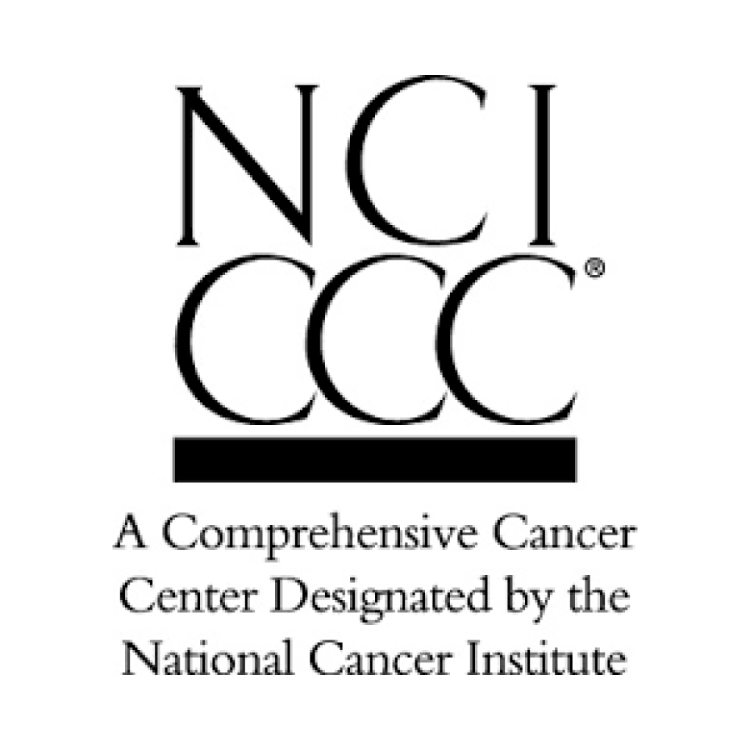
In 1997, the Robert H. Lurie Comprehensive Cancer Center of Northwestern University received its National Cance Institute ‘comprehensive’…
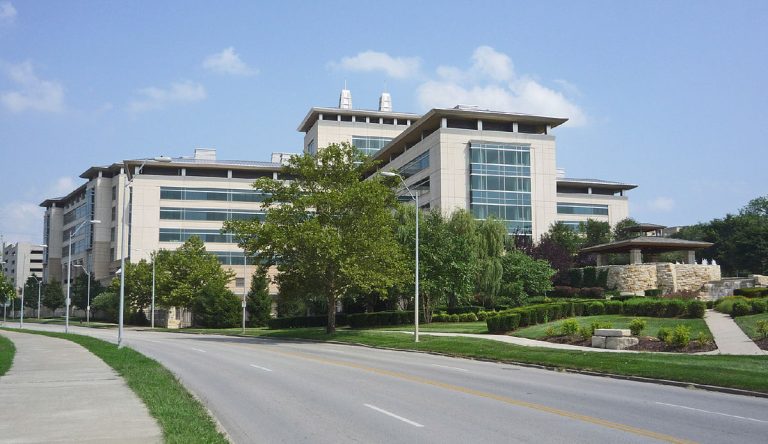
In 1997, the Stowers Institute for Medical Research broke ground in Kansas City, MO. The Institute was founded…

In 1997, Bristol-Myers Squibb opened a 433-acre research campus in Hopewell, New Jersey. Two important new medicines co-developed…